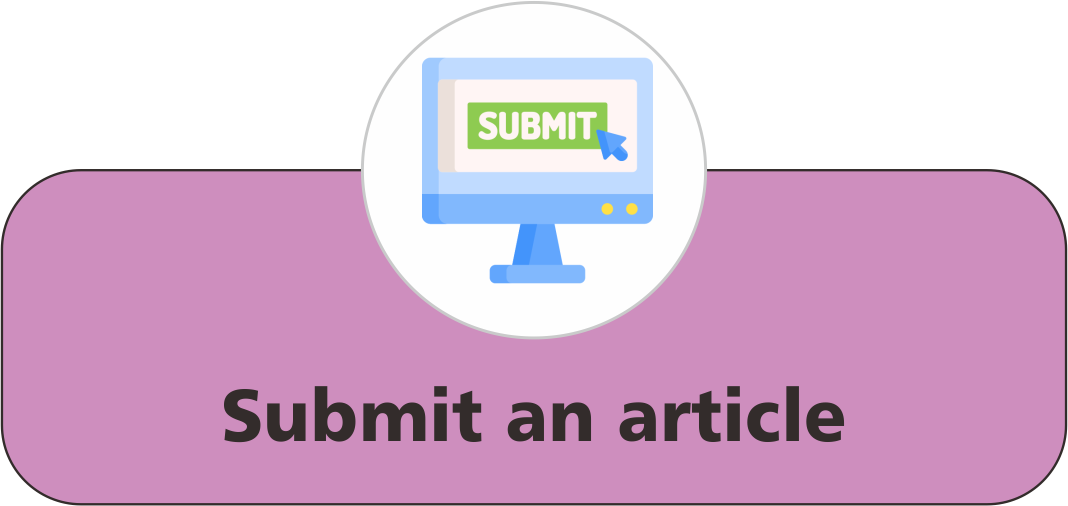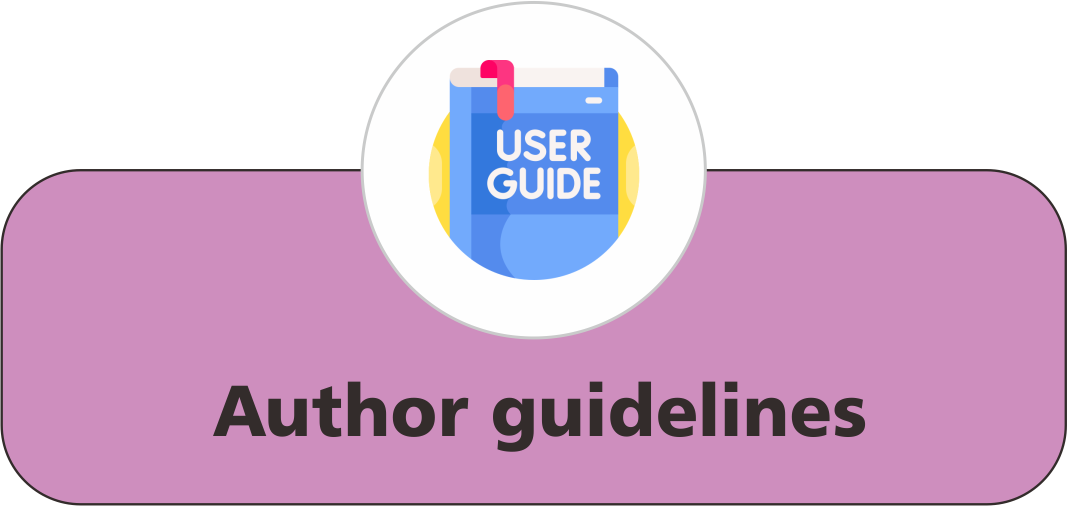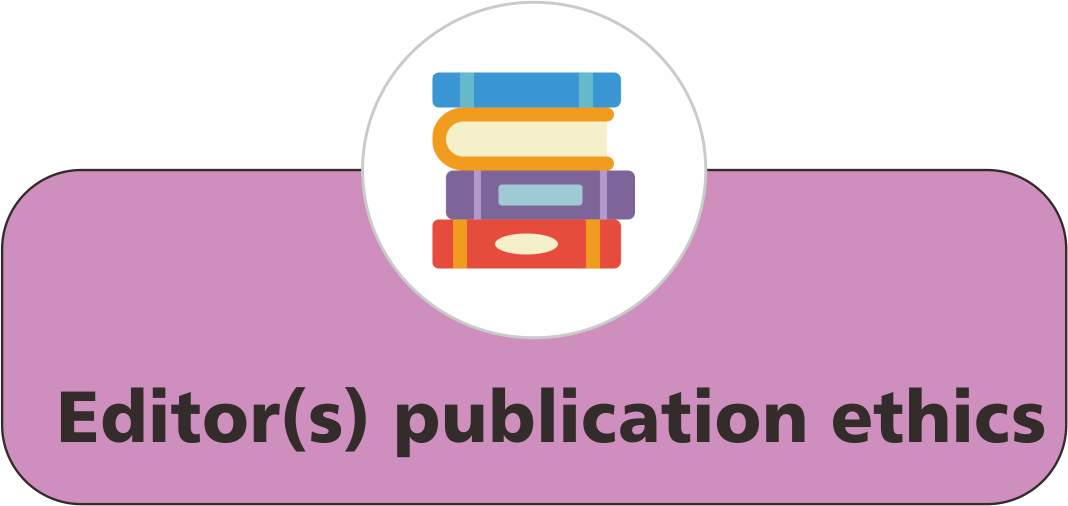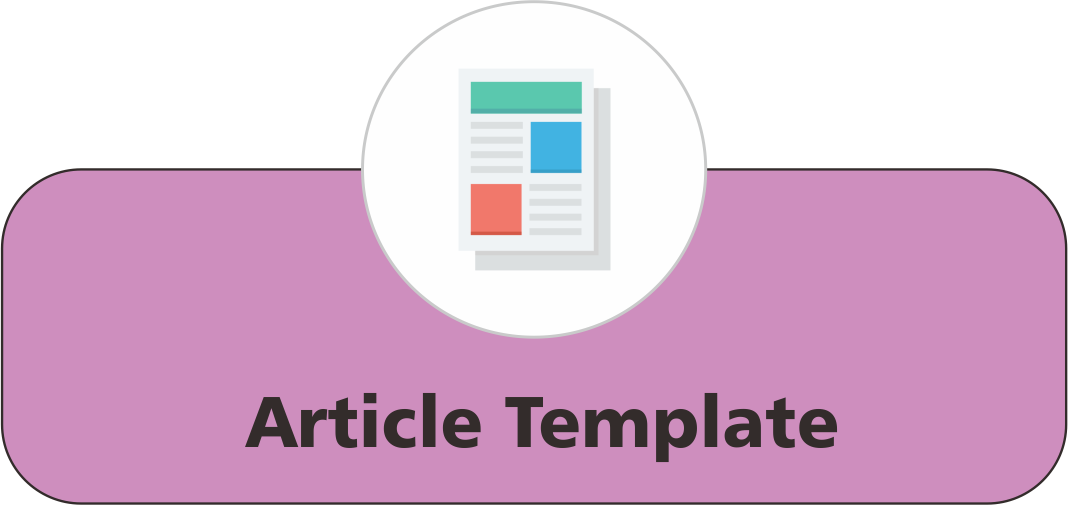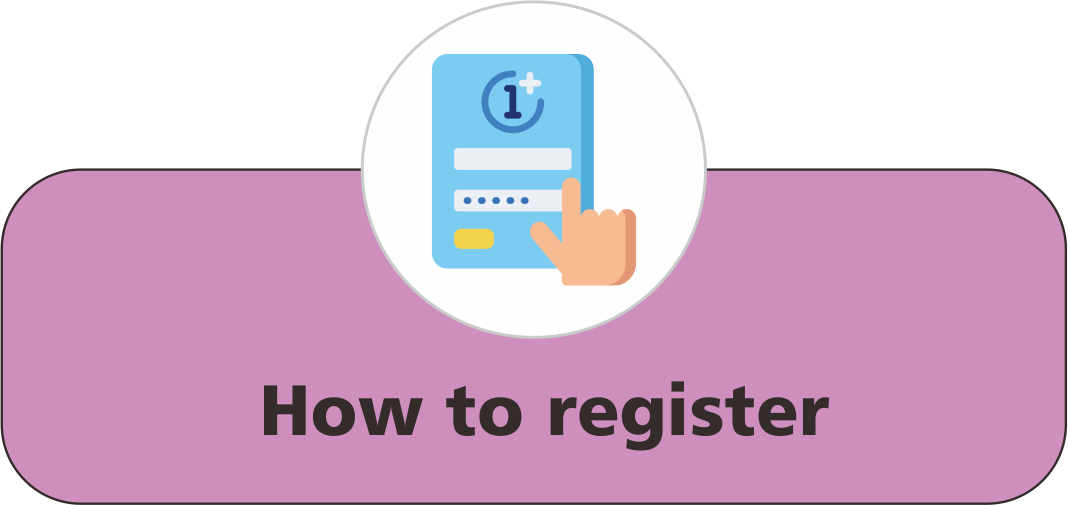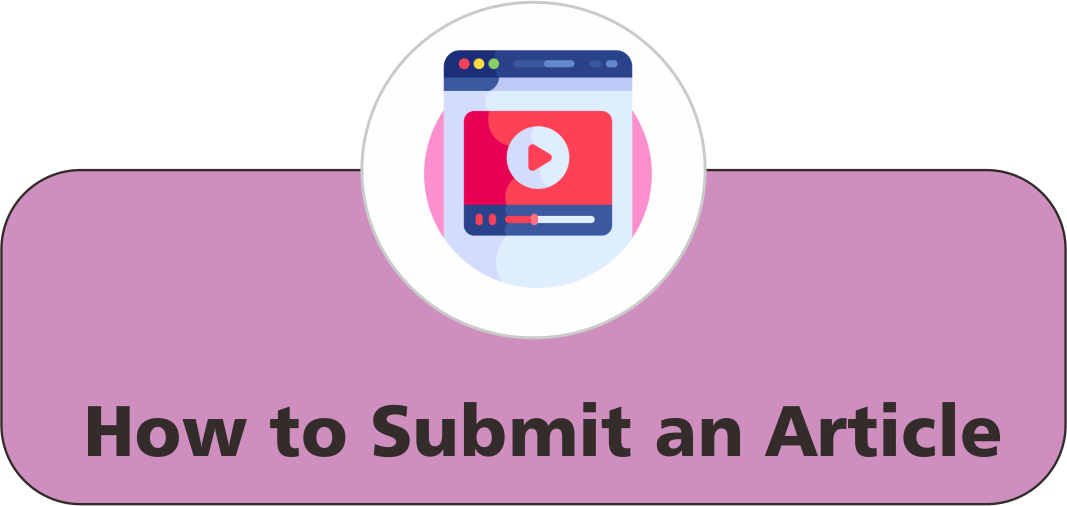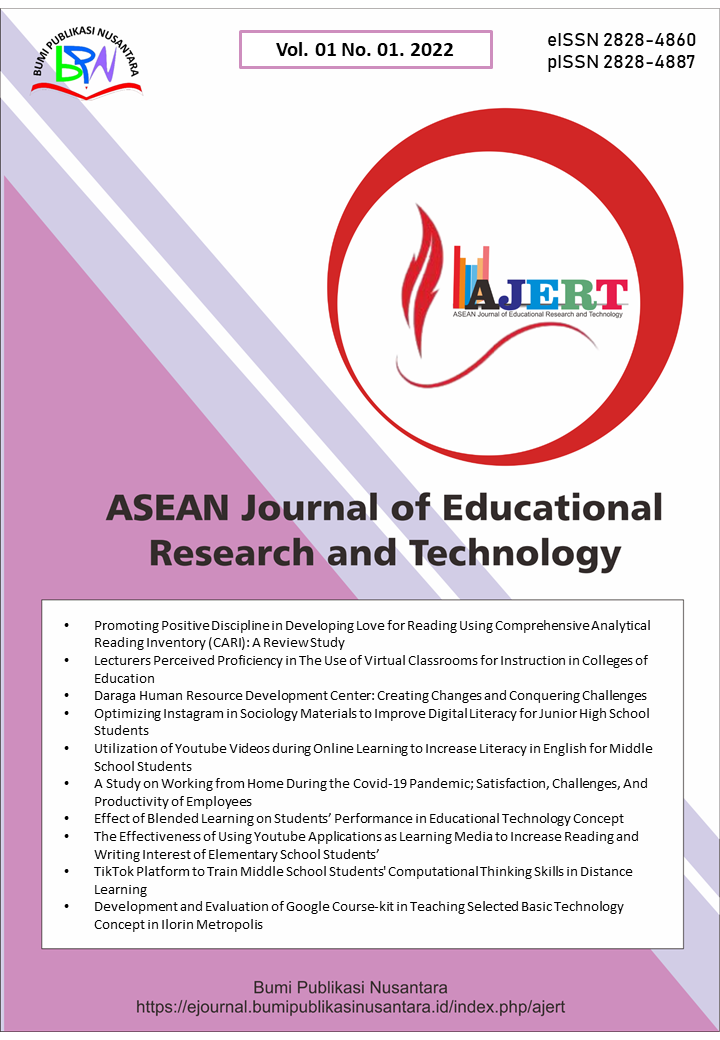Extent of Applicability of Offline Mobile Application for Modules and Learning Packets
 ), Paulo Martin M. Aquino(2),
), Paulo Martin M. Aquino(2),
(1) Department of Education
(2) Department of Education
 Corresponding Author
Corresponding Author
Abstract
Keywords
References
Abante, A. S., Cruz, R., Guevarra, D., Lanada, M. I. B., Macale, M. J. S., Roque, M. W. B., Salonga, F. R., Santos, L. C., and Cabrera, W. C. (2021). A comparative analysis on the challenges of online learning modality and modular learning modality: A basis for training program. International Journal of Multidisciplinary Research and Analysis, 4(4), 463-476.
Agaton, C. B., and Cueto, L. J. (2021). Learning at home: Parents’ lived experiences on distance learning during COVID-19 pandemic in the Philippines. International Journal of Evaluation and Research in Education (IJERE), 10(3), 901-911.
Ahillon Jr, R., and Aquino, P. M. M. (2023). An assessment strategy using visual basic application in powerpoint: A free interactive quiz application for ICT class. Indonesian Journal of Teaching in Science, 3(2), 183-190.
Ahillon, R. C. (2018). Effective of video–presentation in teaching mathematics for kindergarten pupils. Asian Journal of Business and Technology Studies, 1(1), 18-27.
Al‐Nabhani, K., Wilson, A., and McLean, G. (2022). Examining consumers' continuous usage of multichannel retailers' mobile applications. Psychology and Marketing, 39(1), 168-195.
Amin, F. M., and Sundari, H. (2020). EFL students’ preferences on digital platforms during emergency remote teaching: Video conference, LMS, or messenger application?. Studies in English Language and Education, 7(2), 362-378.
Baharuddin, R., Singh, D., and Razali, R. (2023). Usability dimensions for mobile applications-a review. Research Journal of Applied Sciences, Engineering and Technology, 5(6), 2225-2231.
Belyakova, O. V., Pyrkina, N. A. and Chuikova, E. S. (2022). Critical thinking in professional education: Digital options for teachers and learners. Digital Technologies in the New Socio-Economic Reality, 304, 783-792.
Coman, C., Țîru, L. G., Meseșan-Schmitz, L., Stanciu, C., and Bularca, M. C. (2020). Online teaching and learning in higher education during the coronavirus pandemic: Students’ perspective. Sustainability, 12(24), 10367.
Dhawan, S. (2020). Online learning: A panacea in the time of COVID-19 crisis. Journal of Educational Technology Systems, 49(1), 5–22.
Emerson, A., Cloude, E. B., Azevedo, R., and Lester, J. (2020). Multimodal learning analytics for game‐based learning. British Journal of Educational Technology, 51(5), 1505-1526.
Fallatah, M.I., and Ayed, T.L. (2023). “Entrepreneurizing” college programs to increase entrepreneurial intentions: A mediation framework. Administrative Sciences, 13(2), 50.
Fallatah, S. A. (2020). Senior interior design students’ perceptions about distance learning in the shadow of COVID-19. Journal of Public Health Research, 9(s1), jphr-2020.
Farsi, D. (2021). Social media and health care, part I: Literature review of social media use by health care providers. Journal of Medical Internet Research, 23(4), e23205.
Focardi, R., Luccio, F. L., and Wahsheh, H. A. (2019). Usable security for QR code. Journal of Information Security and Applications, 48(2019), 102369.
Hayes, S. C., Hofmann, S. G., and Stanton, C. E. (2020). Process-based functional analysis can help behavioral science step up to novel challenges: COVID-19 as an example. Journal of Contextual Behavioral Science, 18, 128–145.
Ibrahim, N. K., Al Raddadi, R., AlDarmasi, M., Al Ghamdi, A., Gaddoury, M., AlBar, H. M., and Ramadan, I. K. (2021). Medical students’ acceptance and perceptions of e-learning during the Covid-19 closure time in King Abdulaziz University, Jeddah. Journal of Infection and Public Health, 14(1), 17–23.
Jamil, S. (2021). From digital divide to digital inclusion: Challenges for wide-ranging digitalization in Pakistan. Telecommunications Policy, 45(8), 102206.
Jeng, Y. L., Wu, T. T., Huang, Y. M., Tan, Q., and Yang, S. J. (2010). The add-on impact of mobile applications in learning strategies: A review study. Journal of Educational Technology and Society, 13(3), 3-11.
Kondylakis, H., Katehakis, D. G., Kouroubali, A., Logothetidis, F., Triantafyllidis, A., Kalamaras, I., Votis, K., and Tzovaras, D. (2020). COVID-19 mobile apps: A systematic review of the literature. Journal of Medical Internet Research, 22(12), e23170.
Liu, J., Nogueira, M., Fernandes, J., and Kantarci, B. (2021). Adversarial machine learning: A multilayer review of the state-of-the-art and challenges for wireless and mobile systems. IEEE Communications Surveys and Tutorials, 24(1), 123-159.
Nami, F., (2020). Educational smartphone apps for language learning in higher education: Students’ choices and perceptions. Australasian Journal of Educational Technology, 36(4), 82-95.
Pektas, A., and Acarman, T. (2020). Deep learning for effective android malware detection using API call graph embeddings. Soft Computing, 24(2020), 1027-1043.
Pereira-Dias, F., and De Espíndola, M. B. (2022). Biochemistry teaching during a pandemic–an online teaching experience. Revista de Ensino de Bioquímica, 20(1), 16-32.
Saidah, K., and Damariswara, R. (2021). Development of interactive folklore based on android oriented to local wisdom to improve reading comprehension of elementary school student. Al Ibtida: Jurnal Pendidikan Guru MI, 8(2), 276-290.
Salhab, R., and Daher, W. (2023). The impact of mobile learning on students’ attitudes towards learning in an educational technology course. Multimodal Technologies and Interaction, 7(7), 74.
Santiago, C. S., Jr, Ulanday, M. L. P., Centeno, Z. J. R., Bayla, M. C. D., and Callanta, J. S. (2021). Flexible learning adaptabilities in the new normal: E-learning resources, digital meeting platforms, online learning systems and learning engagement. Asian Journal of Distance Education, 16(2), 38–56.
Smutny, P., and Schreiberova, P. (2020). Chatbots for learning: A review of educational chatbots for the facebook messenger. Computers & Education, 151(2020), 103862.
Sophonhiranrak, S. (2021). Features, barriers, and influencing factors of mobile learning in higher education: A systematic review. Heliyon, 7(4), e06696.
Tanil, C. T., and Yong, M. H. (2020). Mobile phones: The effect of its presence on learning and memory. PloS One, 15(8), e0219233.
Topping, K. J. (2023). Advantages and disadvantages of online and face-to-face peer learning in higher education: A review. Education Sciences, 13(4), 326.
Verde, A., and Valero, J. M. (2021). Teaching and learning modalities in higher education during the pandemic: Responses to coronavirus disease 2019 from Spain. Frontiers in Psychology, 12(2021), 1-12.
White, K., Hardisty, D. J., and Habib, R. (2019). The elusive green consumer. Harvard Business Review, 11(1), 124-133.
Wiwin, D., Utami, U. W. and Taris, T. (2022). Digital media and Its implication in promoting students’ autonomous learning. Journal of English Teaching, 8(1), 97-106.
Article Metrics
Abstract View : 1673 times
: 1673 times Download : 825 times
Download : 825 times
Refbacks
- There are currently no refbacks.
Copyright (c) 2023 Bumi Publikasi Nusantara

This work is licensed under a Creative Commons Attribution-ShareAlike 4.0 International License.

